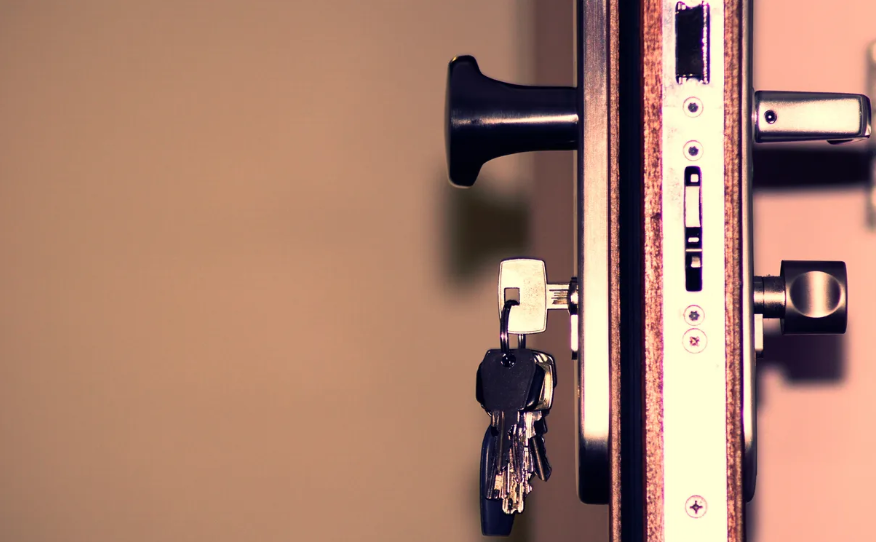Did you know that burglars can get their hands on an inexpensive item online to open your door and leave no signs of forced entry?
This technique called “lock bumping” has been on the rise recently, as housebreakers are finding more and more ways to enter homes easily. Considering this, traditional locks may no longer be enough to keep you and your family safe inside your own home.
That said, fret not! We’ve written this article to educate you on this technique as well as the methods you can use to protect yourself, while simultaneously keeping your property safe and secure.
When Did Lock Bumping Start?
This technique has been around for half a century, but it was not used for illegal purposes. Instead, it was used by locksmiths to access a lock when there was no key available.
What is Used in Bumping Locks?
Compared to lockpicking, which is the popular and known method for violating locks, lock bumping is quick and relatively quiet. Moreover, it does not require brute force nor does it leave any signs of a break-in.
A specially crafted bump key or rapping key is used in bumping locks. This kind of key must be appropriate for the lock to be opened, and each ridge is cut to maximum depth.
The worrying thing about this is that these keys are easy to produce—in fact, they only take five minutes to make! Even worse, better quality ones can even be ordered online.
How Do Bump Keys Work?
Traditional locks such as cylinder locks are commonly used by homeowners are their main source of security, but they are particularly vulnerable to lock bumping. With a little know-how and an easily acquirable bump key, these locks can be easily compromised.
To bump a lock, a burglar only needs to insert the bump key into the lock one notch short of full insertion and hit it with a mallet or screwdriver to push it deeper. This action forces the pins in the lock to go above the shear line momentarily, and this is when the robber must turn the key to open the door.
This technique is fairly easy to do and is effective in most instances. Moreover, it leaves no sign of forced entry and can be done quietly, which is why you must examine your home security and take the necessary steps to safeguard your home—especially if you are using cylinder locks.
What Can You Do to Prevent Lock Bumping?
The Internet is full of resources and instructionals that demonstrate lock bumping, which inevitably helps housebreakers in their efforts. That said, your first step to protecting your home is strengthening your locks and including additional security features.
You can seek the help of a locksmith to modify your locks and deadbolts to reinforce them, especially if you are looking for more cost-effective options than lock replacement. While this does not guarantee that you will be totally protected from bumping, it makes the process more difficult.
If you are willing to spend a couple of dollars to level up your security, replacing your locks with bump-resistant ones is a smart move. They can be expensive, but in return, you get peace of mind and assurance knowing that the technique can’t work on them.
Conclusion
Lock bumping has indeed become rampant, but there are steps you can take to ensure you and your family’s safety. Check other points of entry at your home such as your windows, and make sure that all doors are locked at night or when you’re away. You can also get help from your trusted locksmith to improve or replace your locks to better your security.
Need excellent and trustworthy door lock installation service in Cincinnati? We’ve got you covered! Here at Allied Lock and Door, we will be happy to assist you through our top-notch locksmith services. Contact us today to learn how we can help you.

